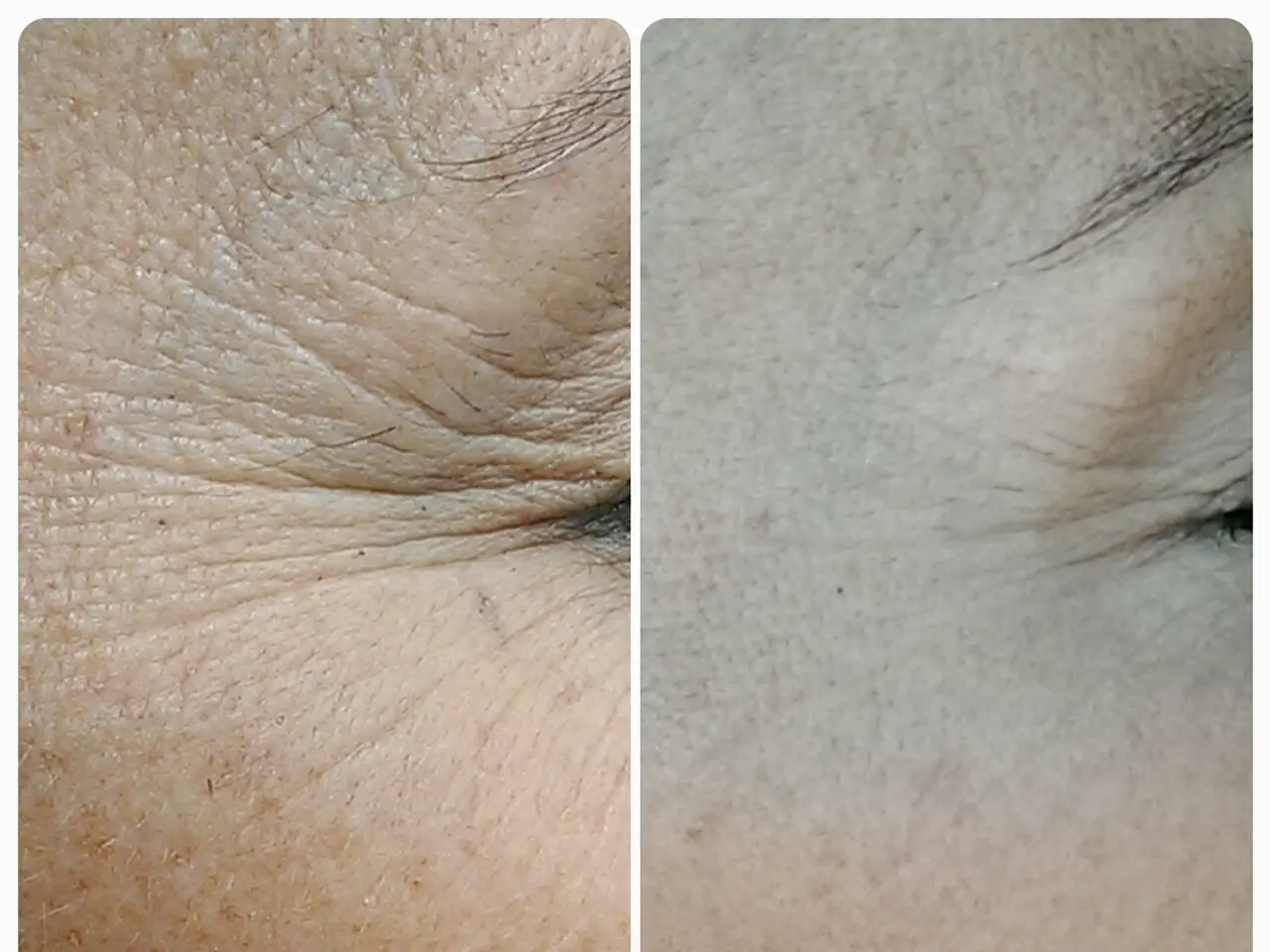Essential Facts about Laser Eye Correction Surgery
In the realm of laser eye surgery, three popular methods—LASIK, PRK/LASEK, and SMILE—offer hope to millions seeking freedom from glasses and contact lenses. Each procedure has its unique advantages and is suited to different types of patients and vision issues.
### Procedure Overview
LASIK (Laser-Assisted In Situ Keratomileusis) is a widely used method that involves creating a corneal flap using a femtosecond laser or microkeratome, followed by reshaping the underlying cornea with an excimer laser to correct vision. LASIK offers quick recovery and is suitable for a wide range of refractive errors, including myopia, hyperopia, and astigmatism[1][4].
Photorefractive Keratectomy (PRK) and Laser-Assisted Subepithelial Keratomileusis (LASEK) are variations of the same procedure, both involving removing the outer layer of the cornea (epithelium) without creating a flap. PRK is generally preferred for thinner corneas where LASIK might not be safe, as it reduces flap-related complications. LASEK is somewhat similar but involves a thinner flap of epithelium[2][3].
Small Incision Lenticule Extraction (SMILE) is a minimally invasive procedure that uses a femtosecond laser to create a small incision in the cornea through which a lenticule is extracted, reshaping the cornea without a flap. It is ideal for patients with high myopia and astigmatism, and those with potential dry eye issues[1][2][3].
### Recovery and Risks
LASIK offers quick recovery, often within 24 hours, but carries risks of flap complications and dry eyes[1][2]. In contrast, PRK/LASEK procedures have longer recovery times (up to a week or more) and may involve discomfort, temporary vision disturbances, and a higher risk of infection, though they minimize flap risks[3]. SMILE is known for faster nerve recovery and lower risk of dry eyes since no flap is created, making it suitable for athletes and individuals with dry eye issues[1][2].
### Suitability for Various Vision Problems and Patient Types
LASIK is appropriate for a broad range of refractive errors, making it versatile for many patients[1][4]. PRK/LASEK are best suited for patients with thinner corneas or those who might not be suitable candidates for LASIK. PRK is often recommended for individuals with low to moderate prescriptions[2][3]. SMILE is ideal for high myopia and astigmatism, and for patients concerned about dry eyes or physical activities that might dislodge a flap[1][2].
In summary, each procedure has its unique advantages and is suited to different types of patients and vision issues. Choosing the right procedure depends on the patient's specific needs and conditions. It's crucial to consult a specialist, ask plenty of questions, have realistic expectations, choose a reputable provider, consider both the benefits and limitations, and remember that laser eye surgery is a surgical procedure.
[1] Mayo Clinic. (2021, March 10). LASIK surgery. Retrieved May 23, 2023, from https://www.mayoclinic.org/tests-procedures/lasik-surgery/about/pac-20395328
[2] National Health Service (NHS). (2021, October 27). Laser eye surgery. Retrieved May 23, 2023, from https://www.nhs.uk/conditions/laser-eye-surgery/
[3] American Academy of Ophthalmology. (2021, February 17). LASIK. Retrieved May 23, 2023, from https://www.aao.org/eye-health/treatment-procedures/lasik
[4] American Optometric Association. (2021, September 1). LASIK. Retrieved May 23, 2023, from https://www.aoa.org/patients-and-public/eye-and-vision-problems/glossary-of-eye-and-vision-conditions/lasik?sso=y
1.Science has advanced the field of ophthalmology with innovative laser eye surgeries, such as LASIK, PRK/LASEK, and SMILE, addressing a broad spectrum of medical-conditions like myopia, hyperopia, astigmatism, and eye-health issues related to contact lens use.
- In the health-and-wellness realm, these procedures cater to diverse patient types with varying vision problems, prioritizing quick recovery, low risk of complications, and ideal outcomes for each individual's unique needs.




